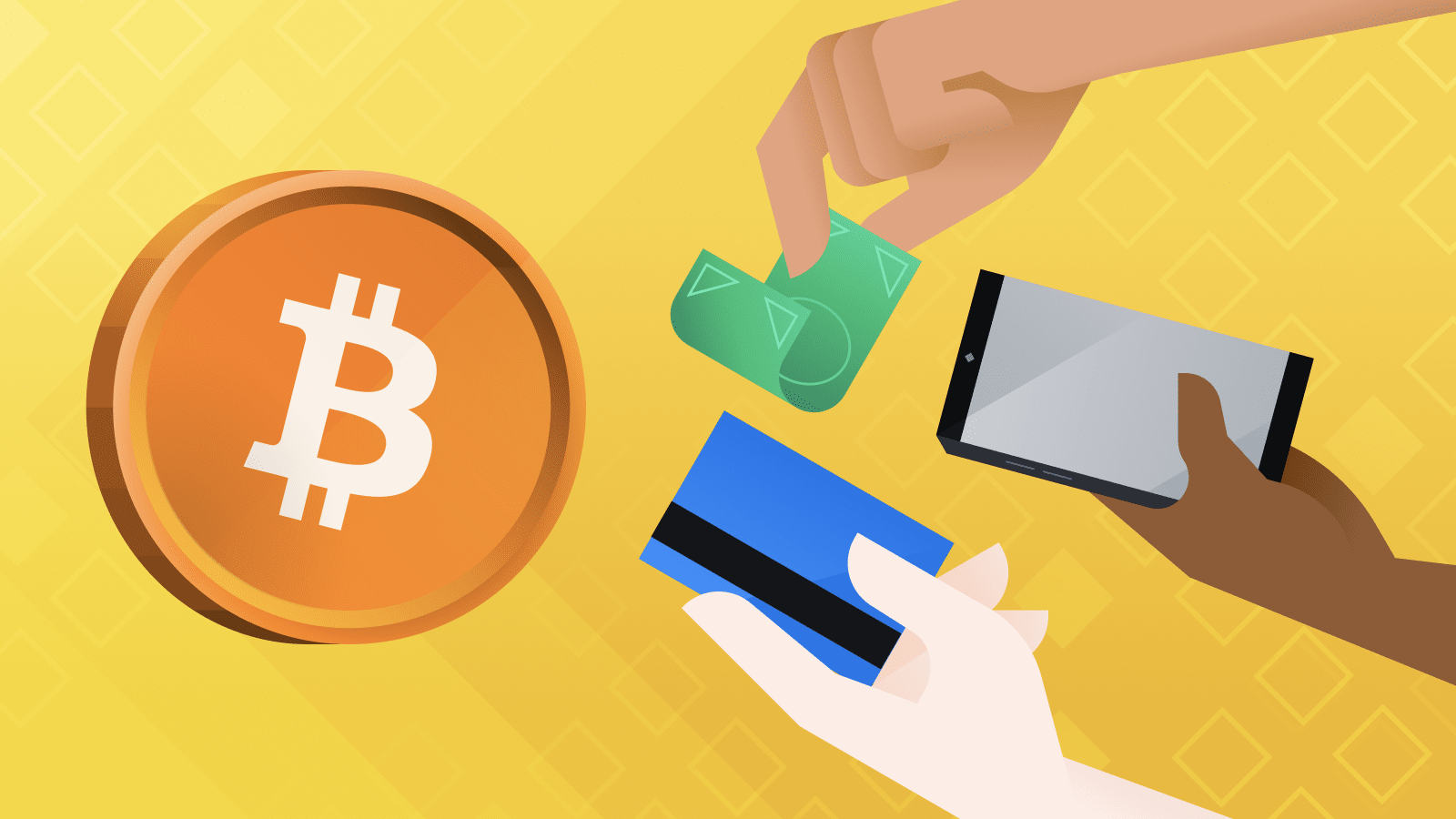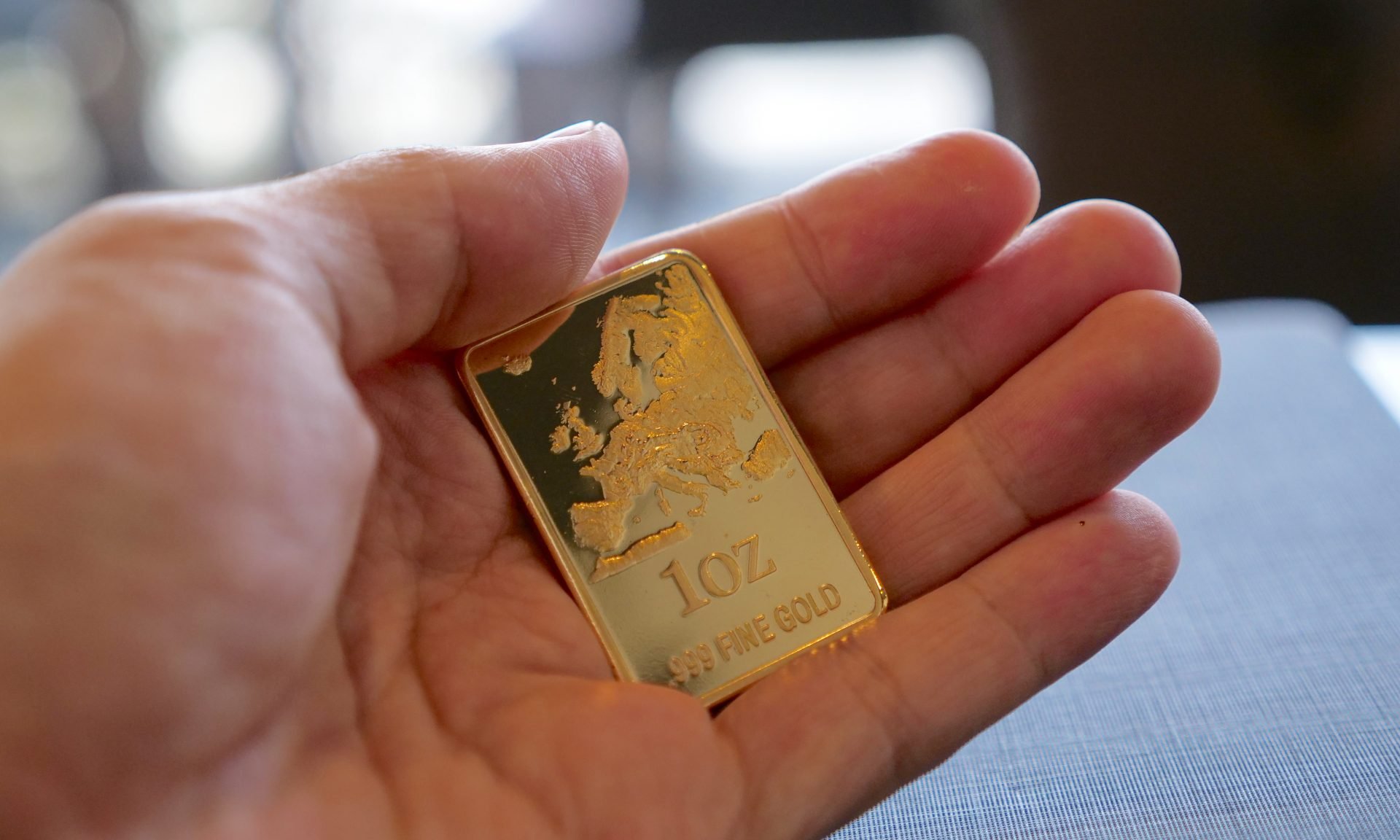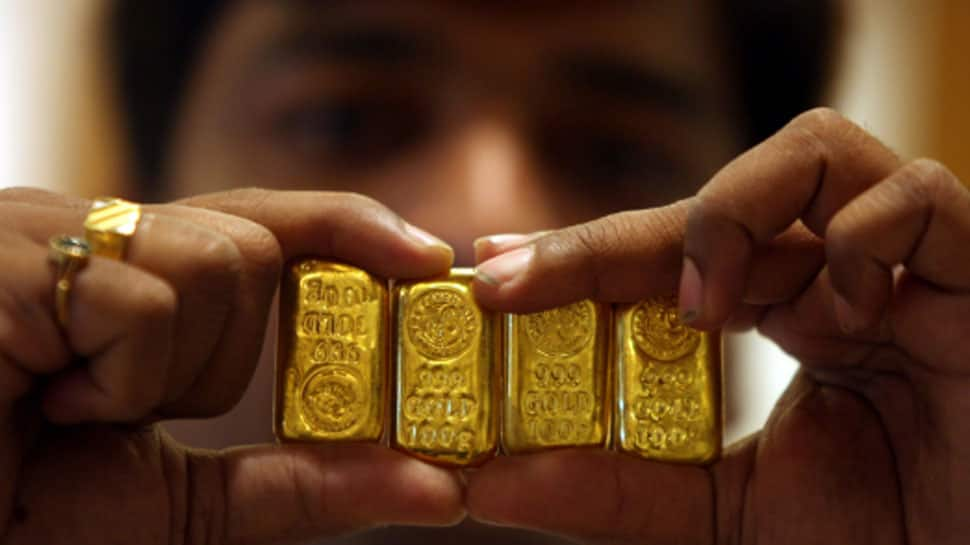How to Buy and Sell Currency

Today’s market allows average investors to buy and sell different types of world currencies. Most of these trades are done are through the Forex – an online foreign exchange market -- which is open for business 5 days per week, 24 hours per day. With enough knowledge about the market – and a bit of luck – you trade currencies and make money doing it.
This article discusses the following info :
- Examine the exchange rate for the currency you want to buy based on the currency you want to sell.
- Develop a trading strategy.
- Visit an online database.
- Search an online valuation site.
1
Examine the exchange rate for the currency you want to buy based on the currency you want to sell.
Look at how values for your chosen currency pairs have fluctuated over time.
- Currency exchange rates are quoted in pairs of currency. The exchange quote tells you how many units of currency will receive based on the currency you want to sell. For example, a USD/EUR quote of .91 means that you’ll receive 0.91 euros for every US dollar you sell.
- The value of currencies frequently fluctuates. Anything from political instability to a natural disaster may cause a fluctuation. Make sure you understand that ratios between currencies are constantly changing.
2
Develop a trading strategy.
To make a profit on your transaction, aim to buy currency that you expect will increase in value (base currency) using currency that you expect to decrease in value (quote currency). For example, if you think that Currency A, which is currently $1.50, will increase, you could purchase a "call contract" for a certain amount of that currency. If its value increases to $1.75, you have made money.
- Assess the likelihood of big changes in currency values. The better that a country is doing economically, the more likely it is that its currency will remain stable or increase in value relative to other counties.
- Factors like interest rates, inflation rates, public debt, and political stability can all affect the value of a currency.
- Changes in economic factors like the country’s Consumer Price Index and Purchasing Managers Index can indicate that a currency’s value is about to change.
3
Recognize the risks.
Buying and selling foreign currency is a fraught prospect, even for expert investors. Many investors use leverage, the practice of borrowing money to help them buy more currency. For example, if you wanted to trade $10,000 of currency, you would probably borrow at a leverage rate of 200:1. You could deposit as little as $100 into your margin account.[6] However, if a trade goes sour, you may end up not only losing your own money but owing your broker a great deal more than you might on stock or futures trades.
- Additionally, it can be difficult to manage how much currency to trade at any one time and when to do so. Prices of currency rise and fall rapidly, sometimes within hours.
- For example, during one 24-hour period in 2011, the US dollar dropped 4% to a record low against the Japanese yen and then rose 7.5%.
- For this reason, only about 30% of "retail" trades -- the kind that individual currency investors make -- are profitable.
4
Sign up for a demo account and making some practice trades.
This can help you understand the mechanics of the transactions.
- Websites like FXCM allow you to make mock investments in currency and practice trading the currencies with virtual money.
- Wait to trade on the actual market until you have consistently made a profit on your demo account.
Latest Articles







